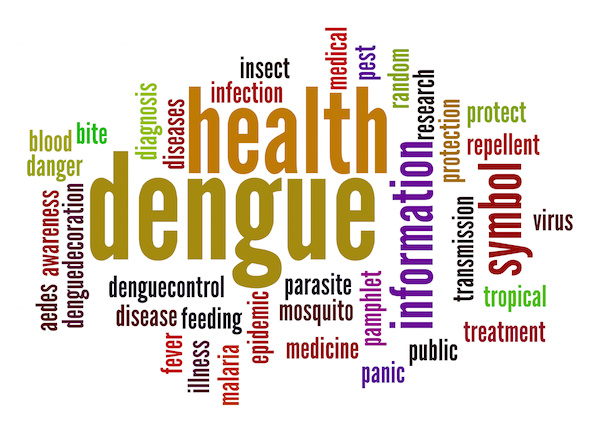
SUNDAY, March 31 (HealthDay News) — Temperatures in home hot water heaters can be too high and pose a potential scald hazard for young children and seniors, according to a new study.
In the United States, burns from hot tap water result in about 1,500 hospital admissions and 100 deaths per year. Water at 140 degrees can lead to a serious burn within three seconds, while it takes 10 minutes for water at 120 degrees to cause a serious burn, according to the researchers at the Johns Hopkins Bloomberg School of Public Health.
Young children and seniors have thinner skin that burns more quickly, making them more vulnerable.
Even though manufacturers adopted voluntary standards to preset hot water heaters below the recommended safety standard of 120 degrees, water heater temperatures remain dangerously high in a large number of homes, the researchers said.
They tested the temperature of hot tap water in more than 700 homes in Baltimore. Despite the fact that 99 percent of the water heaters in the homes were installed after the voluntary standard was implemented, hot water temperatures were above 120 degrees in 41 percent of the homes, and at or above 130 degrees in 27 percent of the homes.
Gas water heaters were less likely to have safe temperatures, as were water heaters that held fewer gallons per person. The researchers also found that renters were less likely to have safe hot water temperatures than homeowners.
The study appears in the March issue of the Journal of Burn Care Research.
“Delivering hot water at a consistent temperature is difficult,” lead author Wendy Shields, an assistant scientist with the Bloomberg School’s department of health policy and management, said in a school news release. “As a hot water tank is depleted, replenished and reheated, water temperature will not be constant throughout the tank. In addition, water heater thermostats are not designed to provide precise estimates of water temperatures, making it difficult for residents to assess the exact temperature.”
“One potential solution is to equip faucets with anti-scald devices, such as thermostatic mixer valves, anti-scald aerators or scald guards, but until engineering solutions can be implemented on a large scale, attention must be paid to educational messages,” Shields said. “To prevent scald burns, families should be encouraged to test hot water temperatures after adjusting gauges to ensure that a safe temperature is achieved.”
More information
Safe Kids USA has more about burn and scald prevention.

